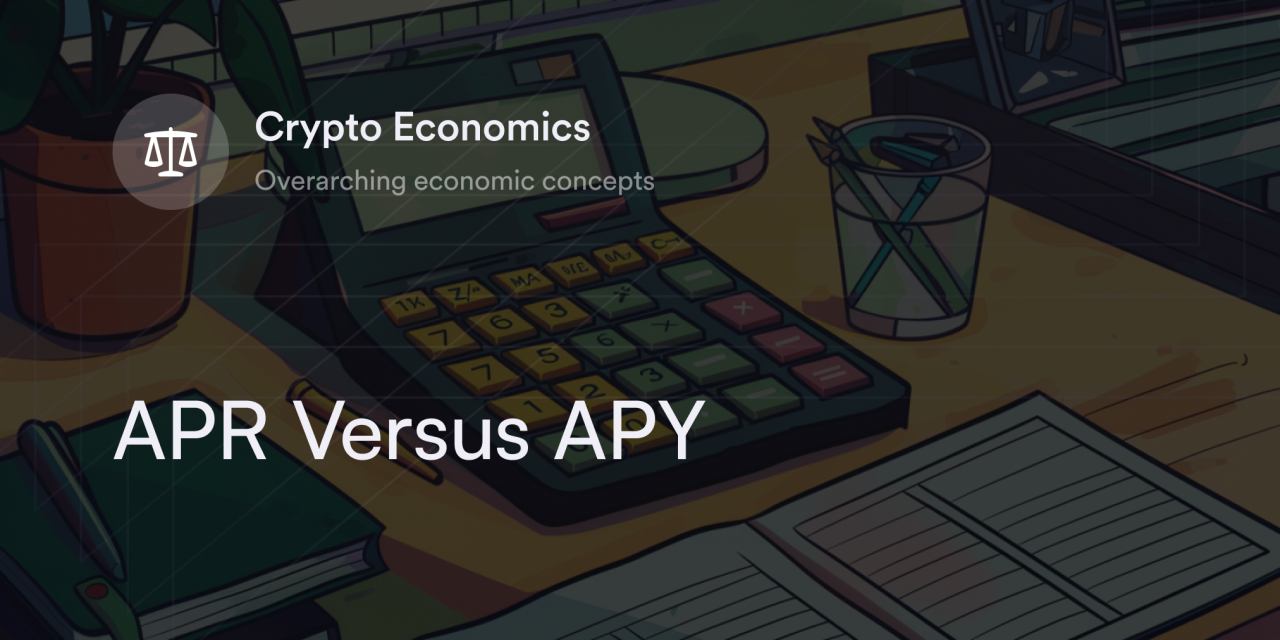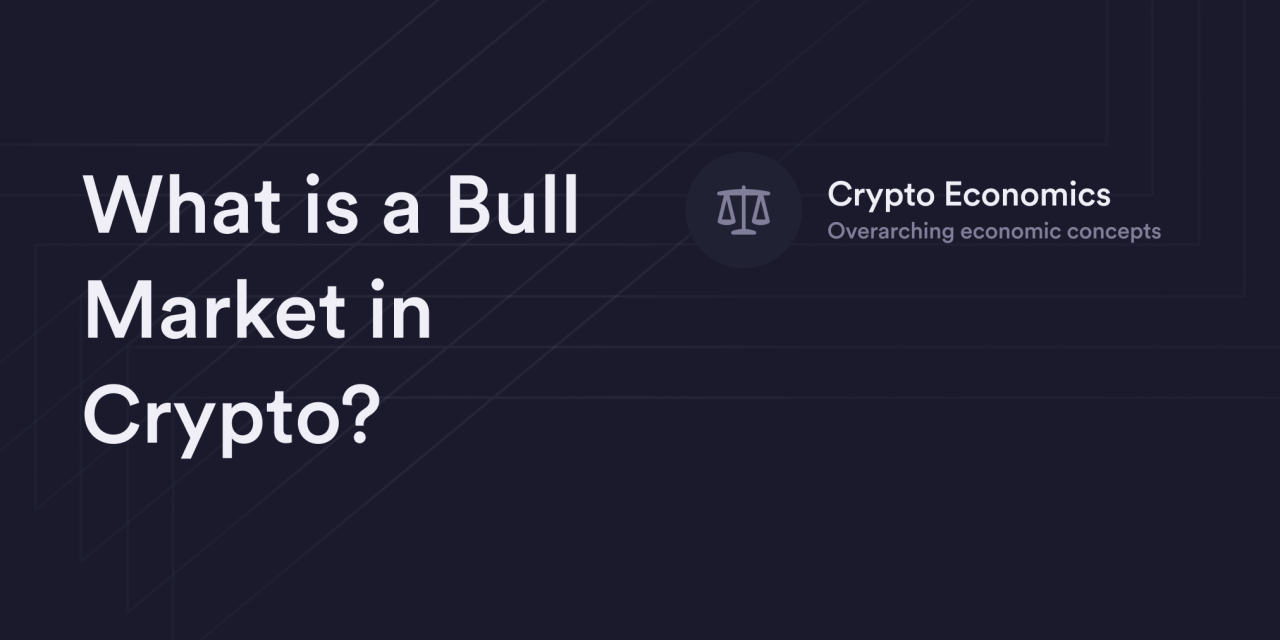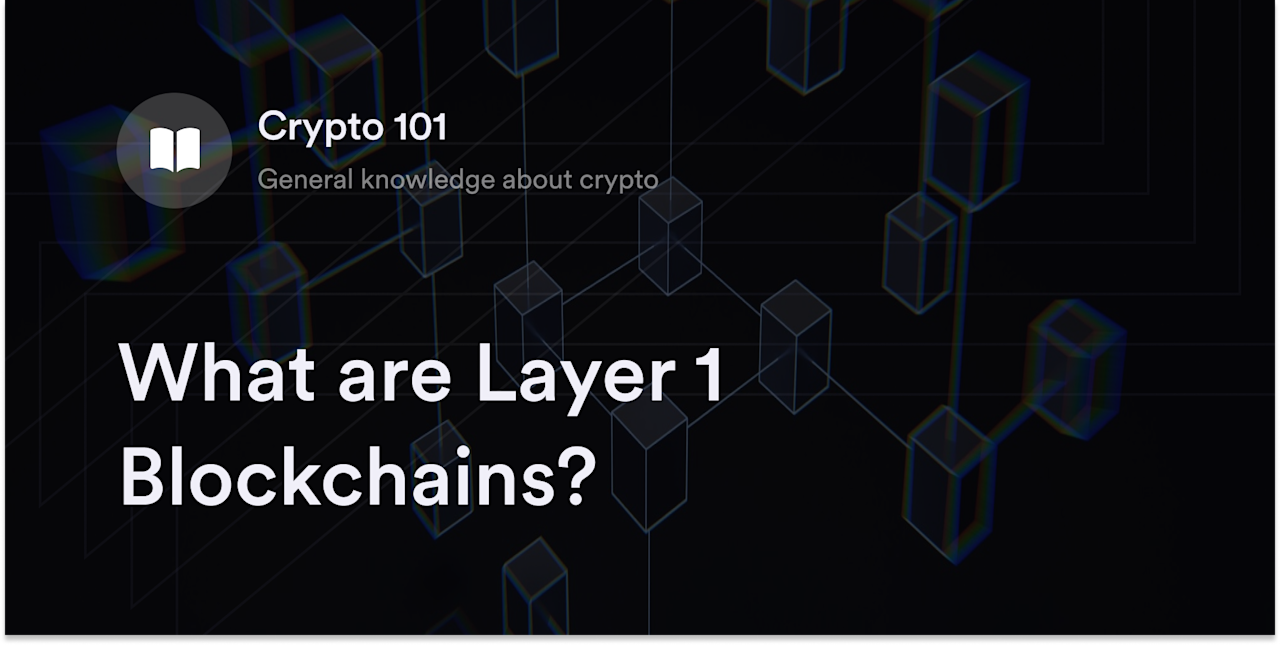


The year 2020 was filled with exciting innovations and a frenzy of activity in the growing crypto field known as decentralized finance (DeFi). In fact, DeFi was so “hot” in 2020 that it has an official name in the history of cryptocurrency: “DeFi Summer.” As more DeFi services like crypto borrowing, lending, and trading went live on blockchains like Ethereum, crypto traders deposited digital assets worth billions on dozens of protocols. Dune Analytics suggests user count in DeFi hasn’t stopped growing since its historic 2020 breakout, rising to a high of more than 7.5 million in early 2023.
Oftentimes, crypto traders jump into the DeFi ecosystem to leverage new passive income opportunities, including staking rewards, interest on crypto loans, or liquidity pools (LPs) on decentralized exchanges (DEXs). Whatever financial products users prefer, they probably see estimated rewards expressed as either “APR” or “APY.” But before traders consider putting their coins to work in DeFi applications, they should know the distinctions between APR and APY to calculate their return.
What Are APR and APY, and how Big of a Difference is There?
Short for “annual percentage rate” and “annual percentage yield,” respectively, APR and APY measure the estimated interest payments or rewards within a year.
The only difference between these percentages is APY factors compounding interest into its formula. For context, compound interest is a trader’s initial deposit plus interest rewards received during their term, and it’s sometimes called the “effective annual rate.” Any crypto service offering an APY account automatically adds the crypto interest payments to a trader’s portfolio at prearranged intervals to earn a higher yield.
On the contrary, APR formulas only calculate the interest earned on the principal balance as a fixed rate. Due to compounding interest, the yearly total on an APY savings account is always higher than an APR account with the same principal. The frequency of compounding determines the gap between the amount in an APY versus an APR account. The more often an APY compounds a user’s interest (e.g., interest compounded daily rather than monthly), the higher the annual payment, meaning APYs with a larger number of periods have the highest yearly returns.
How to Calculate APR Versus APY
Because APR is a flat yearly rate, traders only need to multiply their crypto deposit (aka principal) by the quoted APR percentage to calculate their expected annual returns. For example, if a crypto trader deposited 10,000 USDC tokens in a DeFi protocol offering 5% APR, they’d earn 500 USDC in one year (10,000 USDC x 5% = 500 USDC). But if a borrower takes out a crypto loan amount of one Ethereum (ETH) with a repayment term of 4% APR, they must repay 1.04 ETH within the year-long loan term (1 ETH x 4% = 0.04 ETH).
APY isn’t as straightforward to calculate as APR, but traders use the following formula to determine the interest they’ll earn on their yearly return:
APY = (1 + r/n)^n - 1
In this formula, “r” means the quoted annual interest rate, whereas “n” is the number of times the platform compounds interest. For instance, if an APY reinvests interest in monthly periodic rates, the “n” value is 12.
Suppose another DeFi platform offers a high-yield savings account with a 5% APY rate on USDC and two compounding periods per year. To figure out the total interest a crypto trader earns, use the following formula:
(1 + 5%/2)^2 - 1 = 5.06%
Compared with the 10,000 USDC APR example above, a 5% APY account compound interest yields six USDC more per year (10,000 USDC x 5.06% = 506 USDC).
How Are APY and APR Used in Crypto?
Traders typically use APY or APR percentages to calculate earnings potential whenever the crypto market involves interest payments. APY and APR are also crucial metrics used to determine rewards programs, trading fee incentives, and repayment schedules on the life of the loan.
APR versus APY on staking rewards: Cryptocurrencies like Ethereum and Solana use a proof-of-stake (PoS) consensus algorithm to incentivize computers on their network (aka nodes) to lock crypto for staking rewards. The more cryptocurrency a person stakes on a blockchain, the greater chance they’ll validate transactions and earn interest payments. People often receive crypto staking rewards quoted in APR or APY.
DeFi borrowing and lending: DeFi protocols such as Aave, MakerDAO, and Compound Finance offer crypto loans with APY or APR rates for borrowers and lenders. These DeFi sites let people link their crypto wallets and use crypto services, such as depositing digital currency or taking out loans.
APR versus APY for yield farming: DEXs like Uniswap and PancakeSwap use LPs to provide users with a peer-to-peer (P2P) trading experience. People who lend crypto to an LP are sometimes known as “yield farmers” because they collect yield for every trade people make with their cryptocurrency.
Centralized exchange (CEX) offerings: Some crypto companies and CEXs offer special reward services with APY or APR interest rates. For example, Nexo, a centralized crypto loan company, offers financial services such as crypto staking, borrowing, and lending.
APY Versus APR: Which is Better?
Choosing whether APR or APY is “better” depends on whether a person deposits crypto for rewards or wants to take out a loan. Since APY increases the total yearly interest, it’s a positive feature for traders who want to maximize the return on their principal, but this means the cost of borrowing money is higher. In contrast, APR is more attractive for borrowers because they don’t have to worry about compounding rates to repay a loan.
How to Find APR and APY Rates in DeFi
If a DeFi platform offers interest rewards or has repayment terms for its loan, it typically lists the APR or APY for crypto assets on its official website. For example, when users visit DeFi staking site Lido Finance, there’s a list of the current APR percentages for different crypto assets like Ethereum, Solana, and Polygon on the homepage. Similarly, DeFi crypto lending site Aave also lists quoted APY rates for borrowing digital assets like USDC and USDT on its “Markets” tab.
There are also DeFi analytics tools traders use to get an overview of the latest APY and APR rates in Web3. For example, DeFiLlama has a “Yields” tab on its homepage displaying all current estimated rewards on DeFi protocols. The website automatically arranges these protocols by their total market cap, with the largest projects at the top.
While it’s tempting to sort DeFiLlama’s findings by the highest APR or APY, it’s important to be extra suspicious of extremely high interest rates. Often, projects offering higher-than-average interest rates carry greater security risks. For instance, popular DeFi lending program Anchor Protocol on the Terra blockchain offered 19.5% APY on an experimental stablecoin called UST. As more people deposited UST on Anchor Protocol, developers had to dip into their reserves because they couldn’t attract enough borrowers to offset demand from new lending accounts. When UST lost its 1:1 value with the U.S. dollar in May 2022, Anchor Protocol depositors withdrew $9 billion worth of UST in one day, with many losing a substantial amount as the Terra blockchain imploded.
While not all DeFi protocols or crypto companies are like Anchor, there are many cases in the history of cryptocurrency when suspiciously high yields were linked with scams or unsustainable models. Traders should do plenty of research on any site they deposit virtual currency on for passive income opportunities, especially if they offer higher APYs with more compounding periods than competing sites.
Learn More about DeFi Personal Finance on dYdX Academy
Explore the DeFi space and learn how to use DeFi services with a wealth of educational crypto guides on our Academy. Whether interested in DeFi lending, yield farming, or crypto staking, dYdX has dozens of articles explaining the intricacies of this complex field. And if you want to learn more about us and our product and platform, head to dYdX’s blog.
Plus, don’t forget dYdX offers eligible traders a low-fee decentralized crypto perpetuals platform for those interested in trading derivatives.
Eligible traders can start trading on dYdX today!
Disclaimer
The content of this article (the “Article”) is provided for general informational purposes only. Reference to any specific strategy, technique, product, service, or entity does not constitute an endorsement or recommendation by dYdX Trading Inc., or any affiliate, agent, or representative thereof (“dYdX”). Use of strategies, techniques, products or services referenced in this Article may involve material risks, including the risk of financial losses arising from the volatility, operational loss, or nonconsensual liquidation of digital assets. The content of this Article does not constitute, and should not be considered, construed, or relied upon as, financial advice, legal advice, tax advice, investment advice, or advice of any other nature; and the content of this Article is not an offer, solicitation or call to action to make any investment, or purchase any crypto asset, of any kind. dYdX makes no representation, assurance or guarantee as to the accuracy, completeness, timeliness, suitability, or validity of any information in this Article or any third-party website that may be linked to it. You are solely responsible for conducting independent research, performing due diligence, and/or seeking advice from a professional advisor prior to taking any financial, tax, legal, or investment action.
You may only use the dYdX Services in compliance with the dYdX Terms of Use available here, including the geographic restrictions therein.
Any applicable sponsorship in connection with this Article will be disclosed, and any reference to a sponsor in this Article is for disclosure purposes, or informational in nature, and in any event is not a call to action to make an investment, acquire a service or product, or purchase crypto assets. This Article does not offer the purchase or sale of any financial instruments or related services.
By accessing this Article and taking any action in connection with the information contained in this Article, you agree that dYdX is not responsible, directly or indirectly, for any errors, omissions, or delays related to this Article, or any damage, injury, or loss incurred in connection with use of or reliance on the content of this Article, including any specific strategy, technique, product, service, or entity that may be referenced in the Article.







